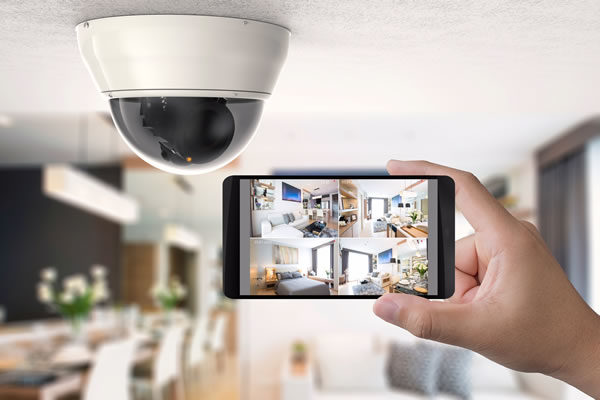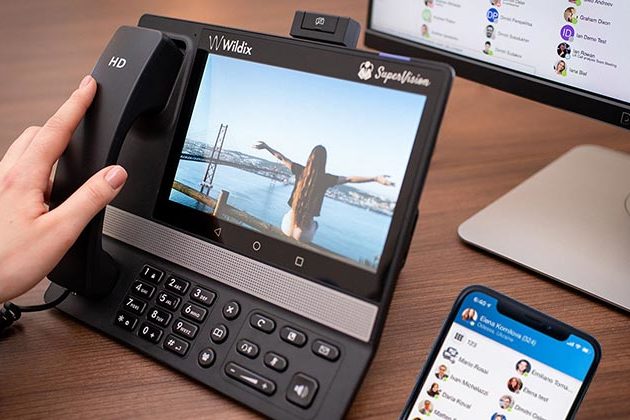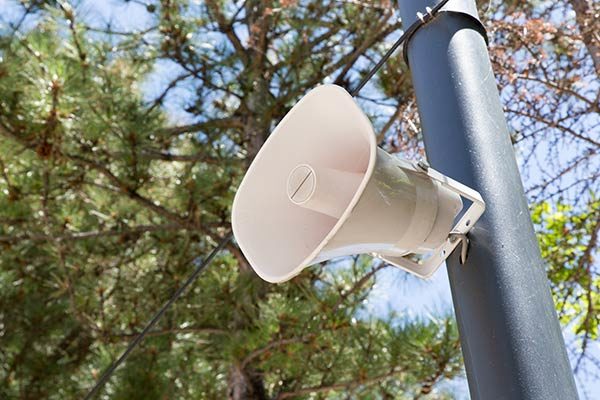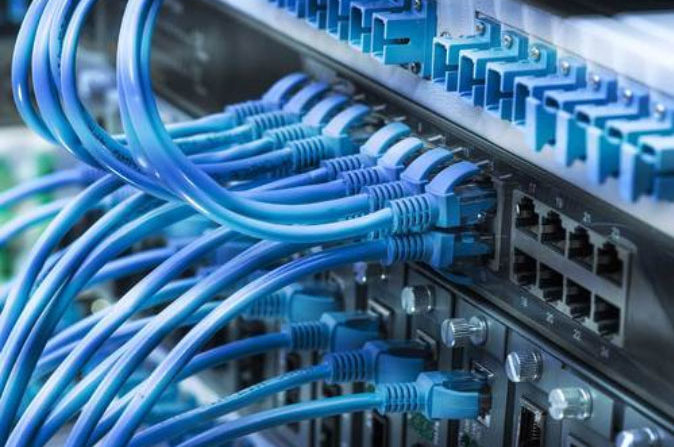Telephone, CCTV Security Cameras & Access Control In NJ & NY
Comtex is a leader in CCTV, access control and business phone systems in NJ and NY. It is essential to work with a vendor who has evidenced its business longevity in the industry. For over 65 years, Comtex continues to be a trusted professional leader in the design, installation and service of Business Telephone, CCTV & Access Control Systems. We also install the cabling network infrastructure required for our solutions.
Our long-term success is measured by the satisfaction of our customers. Our valued clients recommend our services because we provide the highest level of customer and technical support before, during and after installation, while ensuring our systems work at their optimal performance. We are proud that at least 63% of our business comes from client referrals.

With Comtex, It’s a Stress-Free Experience
- Over 65 Years In Business
- Human Support Right Away. No AI or Chat Bots. No Delays
- 5-Star Online Reviews
- On-Site Dedicated Tech Support Team
- Trusted By Over 100 National & Fortune 500 Companies
- 24/7 Emergency Service
- Highly Trained & Certified Technicians
- Comtex 1-Year Guarantee
- Demonstration of System Equipment
- Free Site Survey
Imagineering With Technology For 65+ Years
Our objective is to empower you with effective tools and resources to increase your company’s manageability and profitability. We believe in superior quality products and competitive but yet affordable pricing. The Comtex sales team continually review and research new products to ensure that Comtex stays at the forefront of cutting edge product technology.
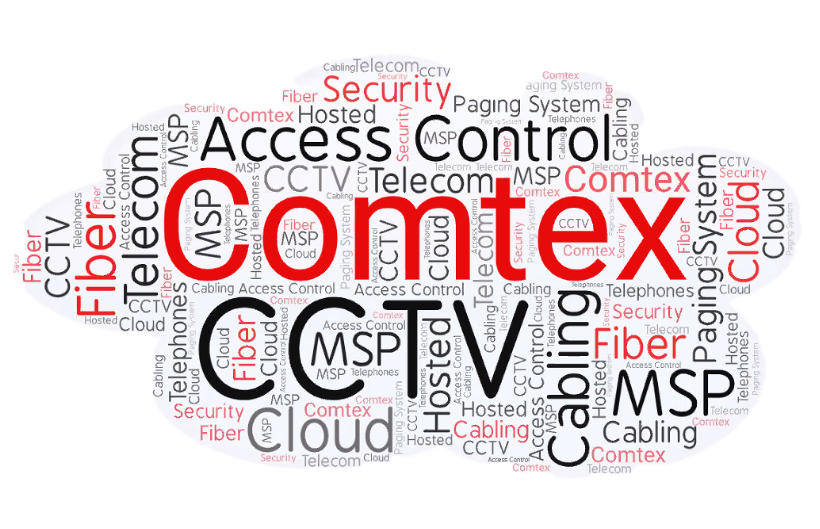

Working With Comtex Is a Stress-Free Experience
We Care! It's Just That Simple.
You won’t find any company that works harder than we do!
65+ Years Experience
Local On-Site Tech Support
5-Star Customer Reviews
Trained & Certified Technicians
24/7 Emergency Service
Let's Get Started!
- Schedule an on-site survey
- Arrange a remote screen share demo
- Get a custom quote
- Request a call to learn more
Call or Text a Professional Now!
NJ Burglar Alarm Business Lic#: BF000479
NY Burglar Alarm Business Lic#: 12000334410



